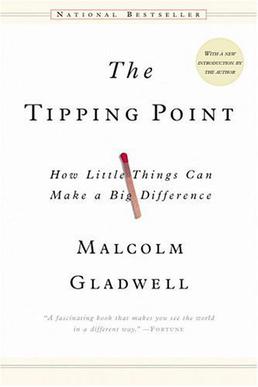
Are you in a state of weltschmerz due to dealing with the proponents of accidental complexity that prevent us Software Mavens from enjoying our craft? Welcome home.
Here, we use the term Maven as described by Malcom Gladwell in The Tipping Point. Since wikipedia does such an excellent job paraphrasing it I'll quote:
Mavens are "information specialists", or "people we rely upon to connect us with new information." They accumulate knowledge, especially about the marketplace, and know how to share it with others. Gladwell cites Mark Alpert as a prototypical Maven who is "almost pathologically helpful", further adding, "he can't help himself". In this vein, Alpert himself concedes, "A Maven is someone who wants to solve other people's problems, generally by solving his own". According to Gladwell, Mavens start "word-of-mouth epidemics" due to their knowledge, social skills, and ability to communicate. As Gladwell states, "Mavens are really information brokers, sharing and trading what they know".
Unfortunately, as a Software Maven, we rarely get the level of respect deserved. Pathologically helpful? That really only means we fall victim to the sycophants who praise our ideas to benefit from our grunt work. "What a great idea. It just needs my two cents before I reply-all and become a member of this movement." This can be a manager, a shoddy architect or head of the fabulous committee. They will typically want to take the simplicity of your solution, the simplicity you worked so hard to boil the problem down to, and introduce a little overhead, called process, so it's ready for the enterprise.
Would you like an auto complete widget with that sir? Super size implied!
Us poor Mavens are left in the dust because we've concentrated more on solving the problems than how to market and promote our own ideas. Especially if the idea is too simple. While it should be ideal, the non-Mavens tend to gravitate towards more complex and elaborate ideas because it makes them sound smarter. Kiss K.I.S.S. goodbye! These same people also tend to blindly gravitate toward "proven technology" because it's safe. The pencil is proven technology, but it wasn't safe for the companies that fell behind the computer bandwagon.
So with this blog I'm striving to achieve a community of what I'm coining Software Mavens so it can serve as a connector for the people who like us, have a real passion for the field. Because it's not just a job, it's a craft.


